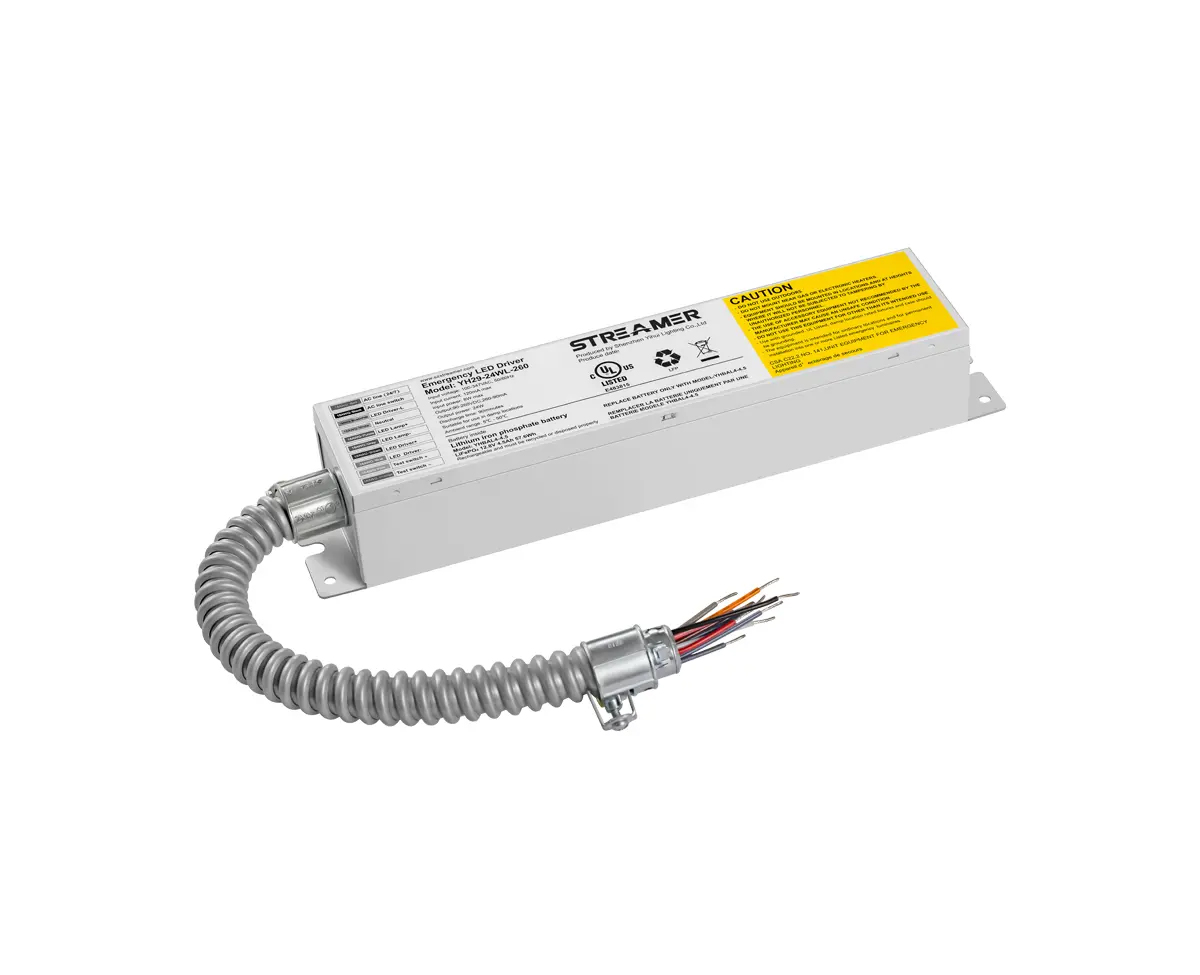 1
1
 Apr 04, 2025
Apr 04, 2025

Overcharging can cause significant damage to emergency batteries, reducing their lifespan and even posing a safety hazard. To prevent overcharging, emergency batteries are equipped with various overcharge protection mechanisms.
One of the most common overcharge protection methods is the use of a voltage regulator. A voltage regulator monitors the voltage of the battery during the charging process. When the voltage reaches a pre - set limit, the regulator reduces or cuts off the charging current. This ensures that the battery does not receive excessive voltage, which can lead to overheating, gas evolution, and damage to the battery's internal components.
Another approach is the use of a timer - based overcharge protection system. In this system, a timer is set to limit the charging time. Once the pre - set charging time is reached, the charging process is terminated. This method is relatively simple but may not be as accurate as voltage - based protection, especially if the battery's charging characteristics change over time.
Some advanced emergency batteries are equipped with microcontroller - based overcharge protection systems. These systems use sophisticated algorithms to monitor the battery's voltage, current, and temperature during the charging process. The microcontroller can analyze this data in real - time and make intelligent decisions to prevent overcharging. For example, if the battery is charging at a faster rate than expected or if its temperature is rising too quickly, the microcontroller can adjust the charging current or terminate the charging process.
In addition to these built - in protection mechanisms, proper charging equipment is also essential for preventing overcharging. Chargers should be designed to be compatible with the emergency batteries and should have their own overcharge protection features. Regular inspections and maintenance of the charging equipment and the batteries are also necessary to ensure that the overcharge protection mechanisms are functioning properly.